Until Jan. 30, 2022, the Pinacoteca Comunale “Claudio Ridolfi” (Municipal Art Gallery) in Corinaldo (Ancona) is hosting the exhibition The Treasure Found. The Tomb of the Prince of Corinaldo, an exhibition that recounts the important archaeological discovery made in Corinaldo in 2018: a Picenum necropolis with a princely tome from the 7th century BC. The exhibition, curated by Federica Boschi and Ilaria Venanzoni, recounts the origin of the discovery, as well as the project for the study and enhancement of the necropolis, and presents twelve artifacts found in the burial, a selection of the objects that best express the most representative ideological components of the prince’s trousseau and its meanings. Why is this discovery so exceptional? How did it come about and how are studies now proceeding? How can we talk about archaeology in Italy today? We talked about all these topics with Federica Boschi and Ilaria Venanzoni in this interview by Federico Giannini.
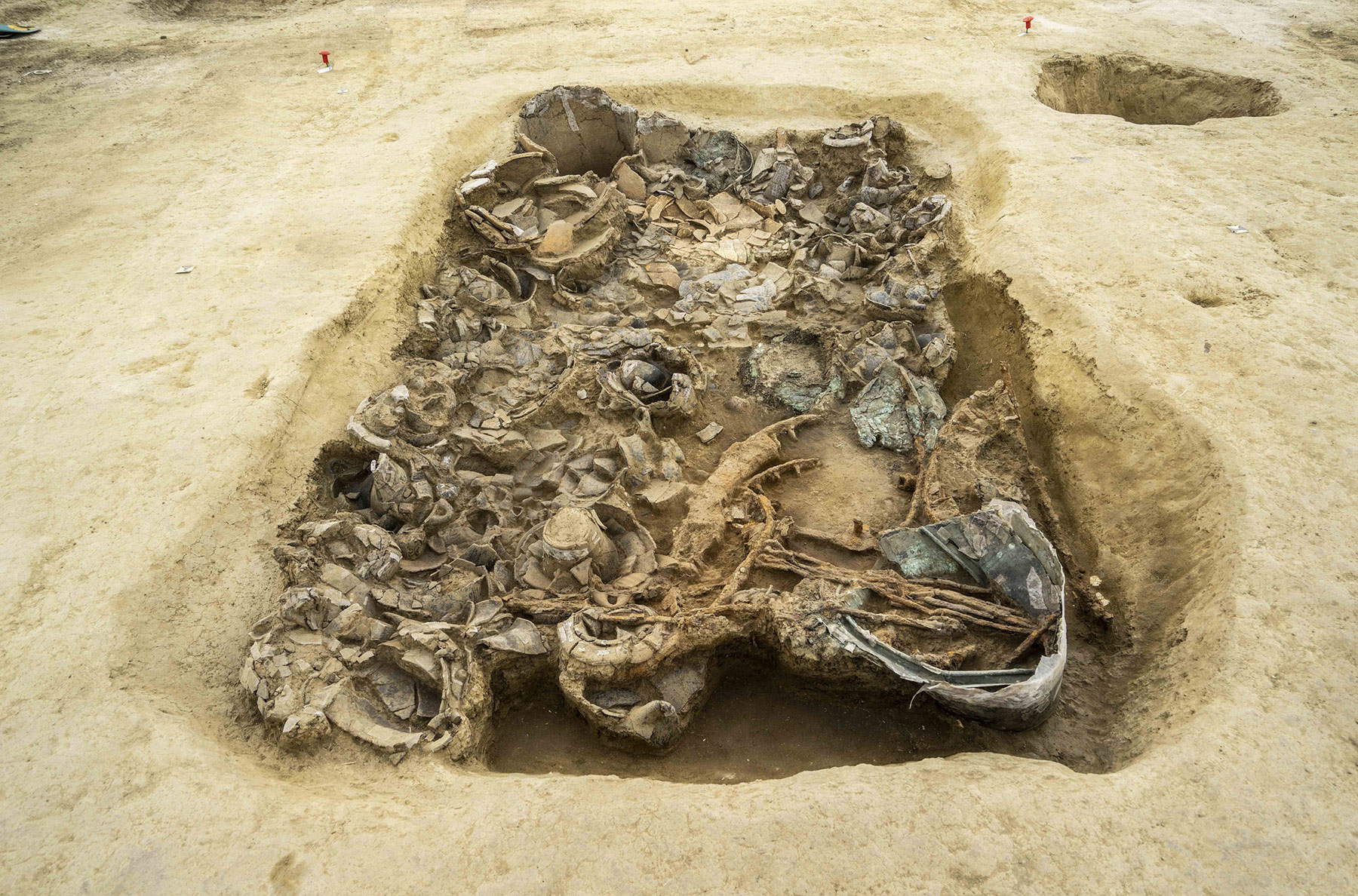
FG. In the exhibition The Rediscovered Treasure. The Tomb of the Prince of Corinaldo, Ilaria Venanzoni tells us that this important discovery started from “an aerial reconnaissance during a preventive archaeology campaign in view of the construction of a public infrastructure.” Can you tell us how it went and how you realized from this flyover that an important ancient necropolis could be hidden in that area?
FB-IV. The discovery actually came from the air, aboard a tourist plane used to do a reconnaissance of the area for the purpose of archaeological monitoring and mapping, and specifically as part of a preventive archaeological verification procedure triggered by the program to build a new sports complex in Contrada Nevola, in Corinaldo. During the overflight, traces referable to the circular ditches of the Picenum necropolis monuments were identified and photographed from above, clearly readable in the vegetation due to a particular phenomenon related to the physical-chemical properties of soils that, in the presence of the right conditions, can lead to reflect in the maturing crops what is hidden underground. It was precisely the characteristics of the signs observed that led us to interpret them in relation to the annular ditches of a Picenum necropolis, in analogy to what has been attested in other areas of central-southern Marche and to the major examples of princely tombs with ditch and tumulus of the Orientalizing age previously known (above all, the famous cases of Matelica, Fabriano, Pitino di San Severino and Ancona).
What are the features that make the discovery of the tomb exceptional? And what did you find in the burial? How rare are such discoveries?
The “prince’s” tomb was part of a larger burial complex consisting of at least three other tombs from the same period. This is a necropolis with circle tombs, referable to the 7th century B.C., which have already been identified in past years in our region. They are, as a rule, pits with rich grave goods, laid to testify to the social level of the deceased. For this area of central-northern Marche the existence of necropolis of this type was completely unknown, well attested, however, in the central-southern area.
Following the discovery you documented it with a “Virtual Archaeology” project: what kind of work was done in this regard?
In our case, it is more correct to speak of three-dimensional digital documentation of the archaeological data, using laser scanners and photogrammetry (terrestrial and from drone), which allowed us to obtain a detailed and rigorous survey of the excavation area and the princely tomb at the various stages of excavation. This is a starting point that will be extremely useful for eventual reconstructive virtual models, and it already represents a fundamental tool both for the archaeological lanalysis of the context and for the ongoing restorations on the objects of the copious trousseau.

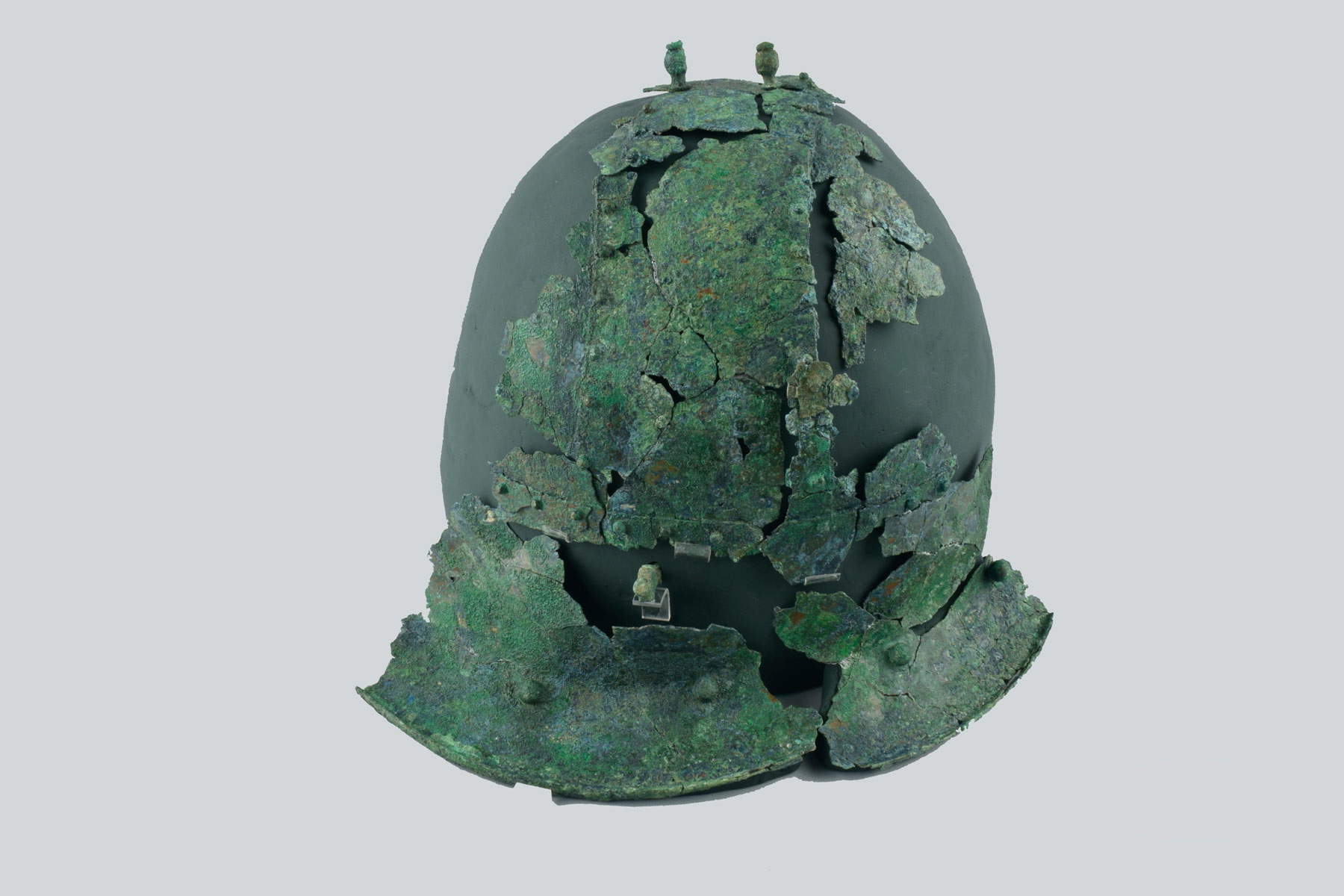
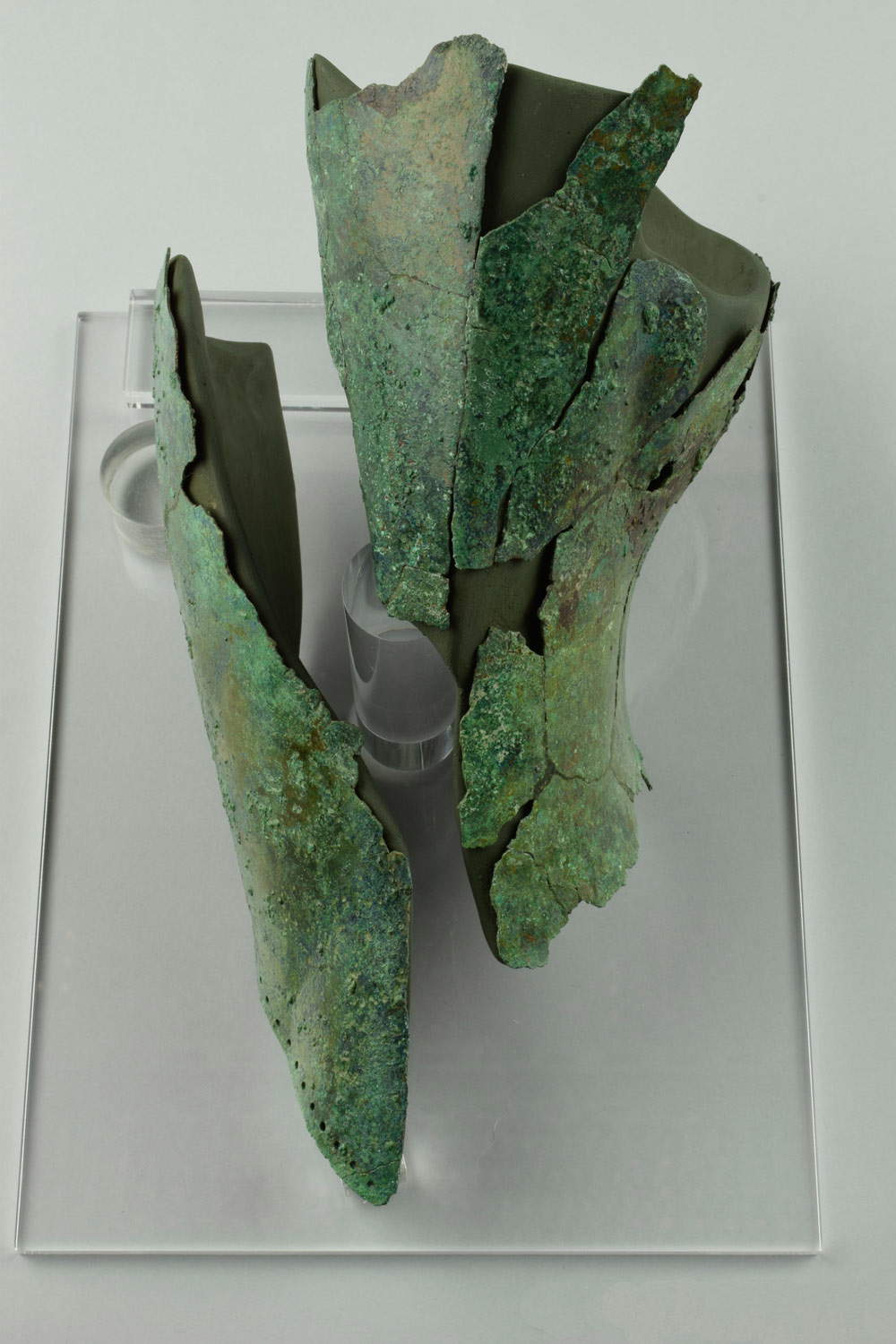
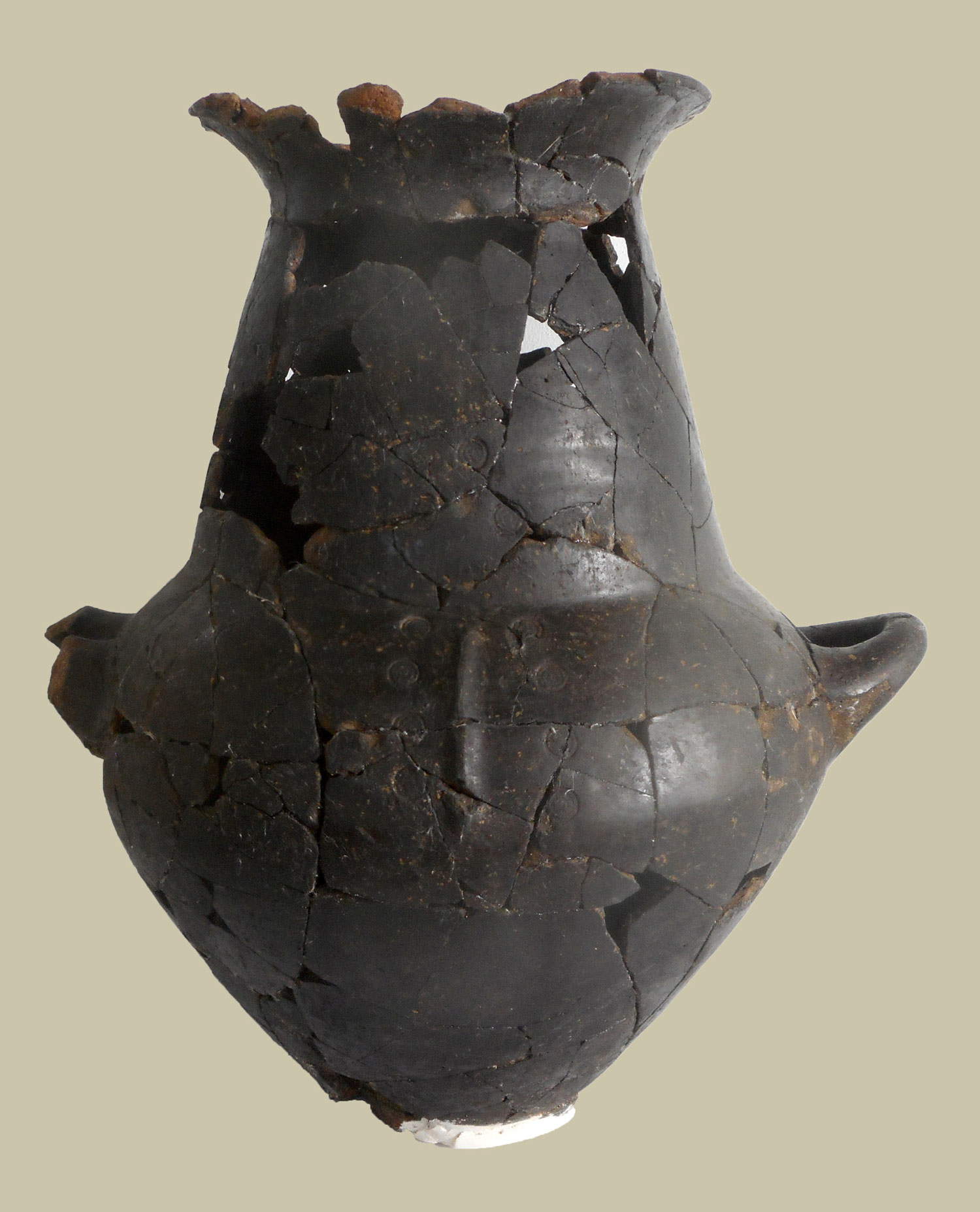
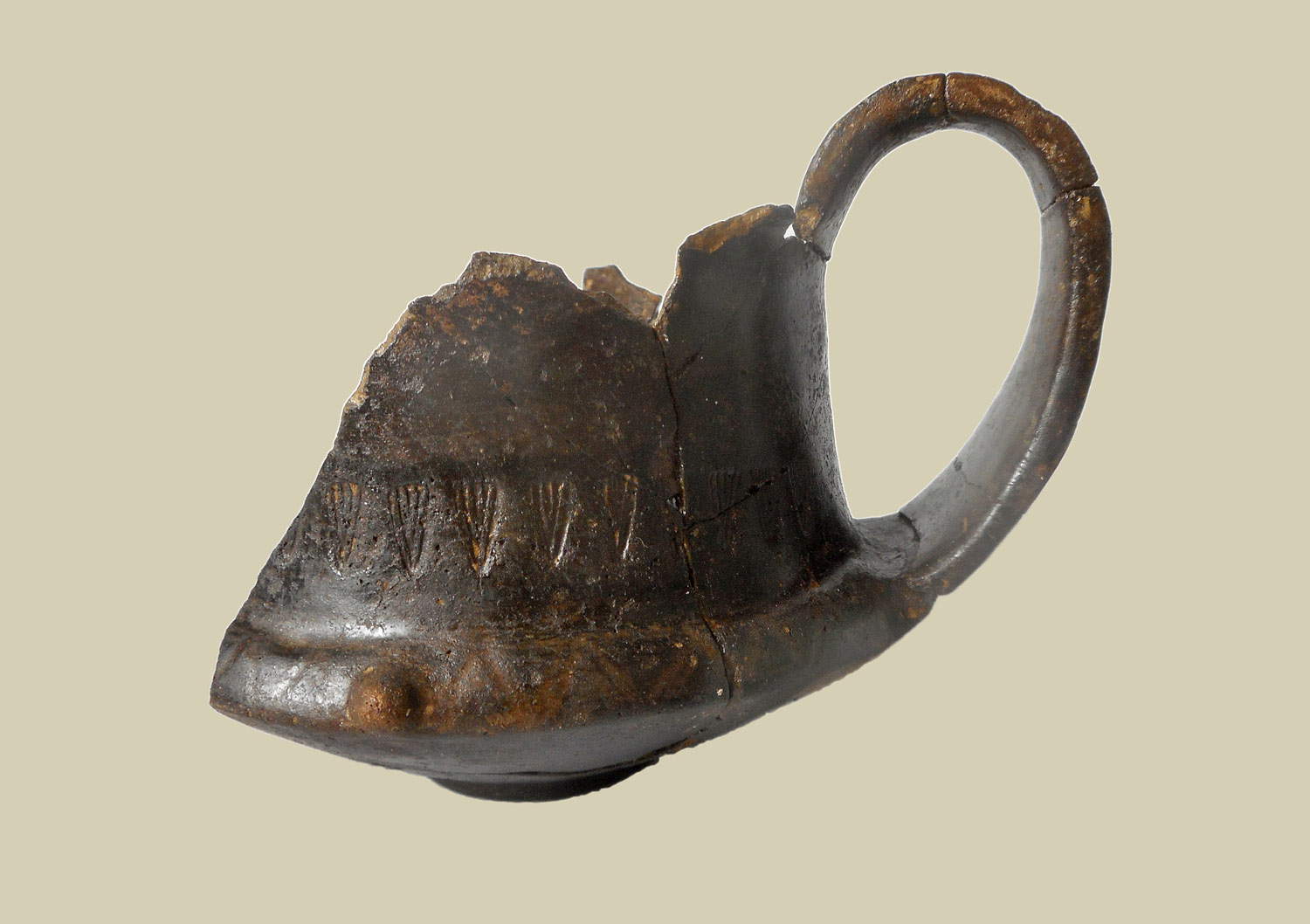

One of the most delicate phases was the recovery of the finds: it was, we read in the catalog, “an important occasion that combined the conservation needs of the archaeological context with those of the didactics carried out in the training course aimed at training new professional figures in the field of restoration of metal, ceramic and glass materials.” How was this phase carried out?
Thanks to the awareness acquired even before starting the excavation about the relevance of the site and the most appropriate skills to deal with its recovery, we decided to organize the archaeological campaign by putting together a team composed of archaeologists and restorers pertaining to the University of Bologna, with the direction of the Department of History Cultures Civilizations and the collaboration of the master’s degree course in Conservation and Restoration of Cultural Heritage on the Ravenna campus. This made it possible for young students of archaeology and restoration to participate in the activities in addition to teaching and research staff. We are convinced that for all the participants the lived experience was unique on the educational and human level, having to engage in an undertaking that was not easy, but extremely engaging and instructive in the optics of multidisciplinary work and the creation of new professional figures. In the field of preventive archaeology and archaeological restoration, areas of research and training that are particularly innovative and in demand, it was certainly a great opportunity.
Finally, the exhibition: what goals have you set for yourself? And what material will the public find on display?
The goal was to exhibit an initial batch of exhibits that would be significant enough in relation to the whole context. The choice fell on 12 pieces, referring on the one hand to the world of banquet and symposium, and on the other hand to the world of war. Both imagery was an integral part of the lifestyle of the higher social strata of the time (7th BCE). In particular, the exhibition displayed drinking vessels, spits and wingers for cooking meat, a helmet, a schiniere (shin guards) and one of the two wheels of the chariot, laid entirely in the tomb.
Why an exhibition such as The Treasure Found. The Tomb of the Prince of Corinaldo is so important for the Corinaldo area but, if we want to extend it, we could talk about an exhibition that is definitely important for the whole Marche region?
For at least three reasons. The first is methodological: this exhibition demonstrates that preventive archaeology works and allows public works to be completed and archaeological “emergencies” to be enhanced. Experiences of this kind have also been happily completed in other contexts (Tolentino, San Severino Marche ...), but it is always good to point this out. The second reason is scientific: we are in an area of our Region where it was believed that there were no tombs of this type, but the latest findings (including a very interesting one in Urbania) show that they simply had never been found. The third is institutional: the creation of this exhibition is an example of how different public bodies can collaborate, all going together toward the same goal.
Lately, in the wake of what is continually emerging from the sites of the largest archaeological excavations, from Pompeii on down, there is a lot of discussion in archaeology about how discoveries should be communicated, because the risk is often to pass off as exceptional discoveries that are instead part of the ordinary. How do you feel about this? What do you think is the best way to communicate a discovery or otherwise talk about archaeology to a lay audience?
Contemporary larcheology is working hard to be able to be told to as wide and heterogeneous an audience as possible, and it is important for the scientific community to engage in this collective effort to make the archaeological record understandable and accessible to all interested parties. The participation of the public at large, starting with the local communities directly involved in the archaeological discoveries, is not only desirable but is a duty of archaeology and those who work in this area. Indeed, we have an obligation to promote knowledge of the history and recovery of the cultural identity of places and territories, as well as to provide as far in advance as possible reliable data on the archaeological potential of the same, in anticipation of any possible modern transformation and to guarantee the preservation of the often buried archaeological and monumental heritage. Today there are many ways to communicate larcheology, including with very effective digital and smart modalities. Among these, however, dialogue and direct contact with people remains important, and they need to be able to feel part of archaeological discoveries, especially when these take place in the context of public works involving diverse interests. Excavation tours dedicated to the lay public, open lectures, educational workshops and even targeted lectures in schools can be effective solutions, which we too have adopted and are continuing to adopt for the discovery of Corinaldo.
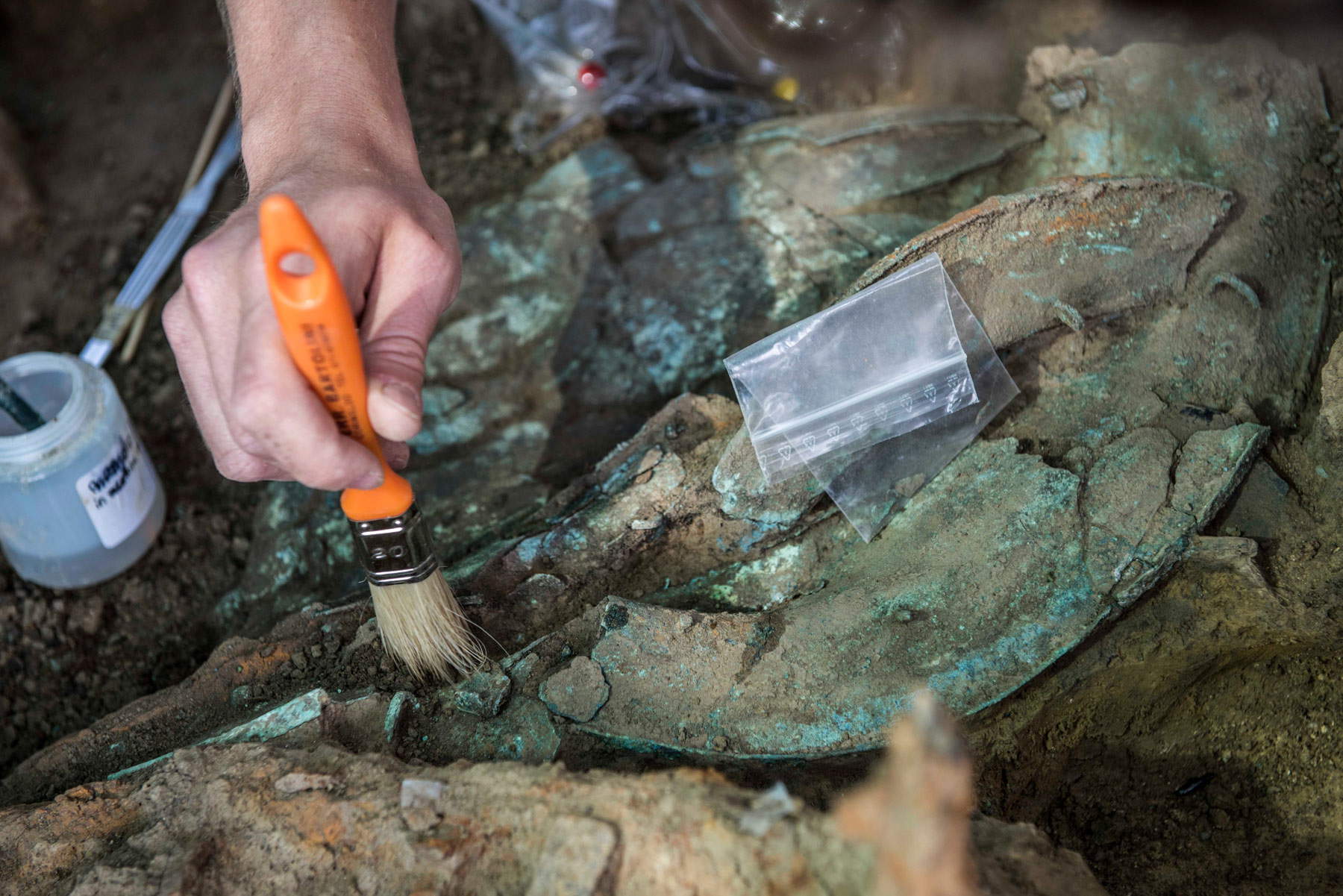
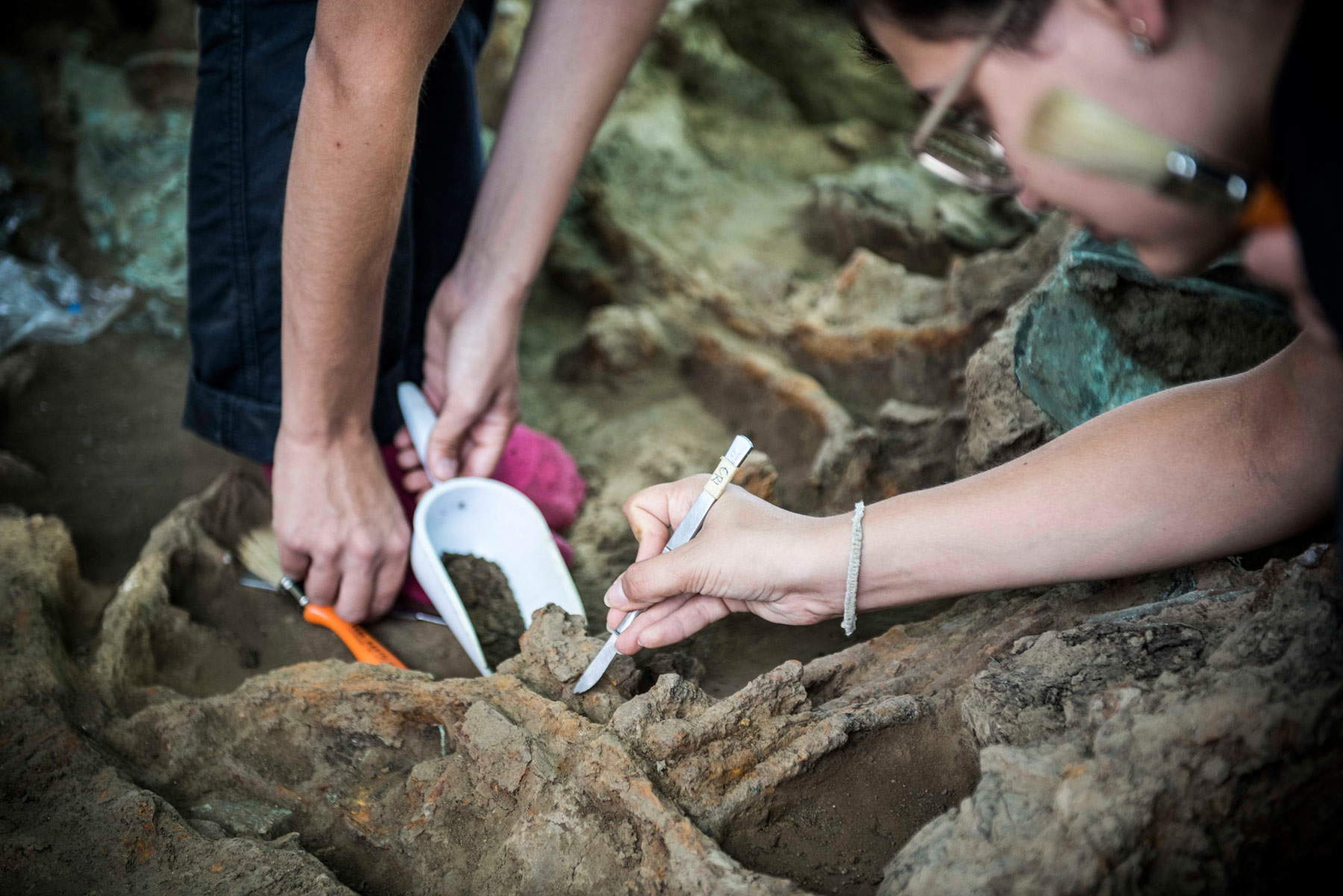
Beyond a few sharp-eyed people, very little is said about archaeology outside of field circles: it is a subject that has very little visibility. Where could one start to talk more about archaeology in the media?
Personally, we think it is more a question of quality of information, rather than quantity. As a rule, archaeology is only talked about when there are striking discoveries or exhibitions (as in this case), or in conjunction with the implementation of public works, where findings are instead seen as potential elements of delay for the completion of works. What should be explained is that archaeology and the national archaeological heritage are part of ourselves, of our identity. This is us in the past: this is why museums and archaeological areas exist; this is why Article 9 of our Constitution exists. There is no shortage of communicative means today and also many well-made products, including by our Ministry: one of the best I think is the series Italia- viaggio nella bellezza (Rai cultura- Mic), but formats such as the one recently aired on Pompeii, with director Osanna, would also do very well. Perhaps more specific products and campaigns on social media should be thought of (photo campaigns, short clips ) that have not only promotional purposes but also convey content.
Returning to talk about the discovery, again in the catalog Federica Boschi writes that an exhibition is like the chapter of a novel that “awaits developments and updates in the near and near future.” So what expectations do you have for the continuation of the research?
We have reason to believe that the newly discovered necropolis can still return much by continuing the excavations. And not only that, because the continued analysis and restoration of the finds will also allow us to gain new information about the princely tomb already excavated and the necropolis context. We are understanding a lot, including of the depositional and ritual aspects, and about the features of the funerary landscape. We also believe that we can soon deepen our knowledge about the community to which the funerary area belonged and, over time, about the Picenian peopling and culture in northern Marche, a district that has hitherto been less talkative for this chronological and cultural horizon than the rest of the region, but which has recently been shouting out its importance.
Warning: the translation into English of the original Italian article was created using automatic tools. We undertake to review all articles, but we do not guarantee the total absence of inaccuracies in the translation due to the program. You can find the original by clicking on the ITA button. If you find any mistake,please contact us.